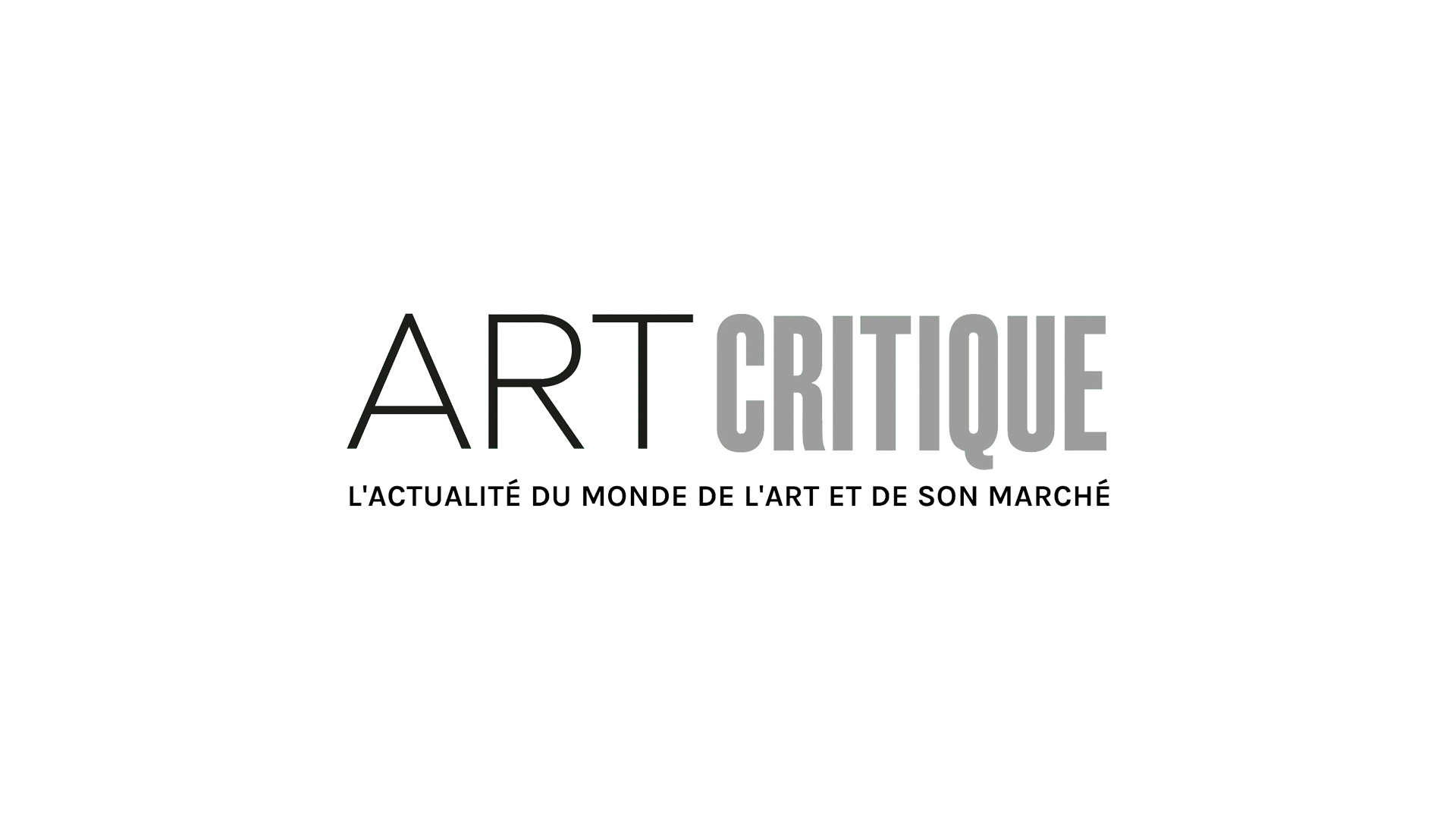Alone in the Aaron gallery showroom in 2012, Charles Hooreman noticed something suspicious about two folding chairs marked as the former property of King Louis XV’s daughter, Princess Louise Elisabeth. Hooreman, a young art dealer struggling with his reputation in the cut-throat Parisian art world, made the abnormal decision to lick one of the piece’s armrests.
Hooreman’s keen eye recognized the handiwork of a specific Parisian craftsman in the furniture, a gilder known to work closely with his former professor at the Sorbonne – Bill Pallot. Hooreman knew that the gilder would regularly melt down licorice and apply it to his replicas in the final stages to give them a worn-out aura.
When Hooreman tasted the licorice on the folding chair, he knew something was amiss.
At the time, Pallot – an 18th century furniture expert and bon vivant – was in the midst of an intricate and sophisticated forgery scheme, successfully deceiving the world of art collectors as well as those experts occupying the highest echelons of his own field.
The first ruse was committed in 2007. Pallot and the behind-the-scenes, licorice-employing woodworker, Bruno Desnoues, fabricated two Delanois chairs and sold them to Versailles under the pretense that they were genuinely 18th century pieces. The first false sale was intended as a harmless trick – after Versailles bought the pieces, Pallot and Desnoues would be able to laugh to themselves while keeping the success of their forgeries under lock.
Tricking Paris’s art establishment proved too seductive a pursuit for the art dealer to resist. Pallot soon found himself the core player in his own “intellectual game” that resulted in a near industrial-level production of forgeries, thought to have generated over ten million dollars over the course of almost a decade.
After Hooreman’s discovery in the Aaron gallery, he wrote a letter of denunciation to the French art fraud office detailing his suspicions. Pallot soon became the subject of a covert investigation as a result of his former student’s denunciation, and the depth of Pallot’s heist soon became clear to the police.
Art fraud investigators reportedly found ten fake chairs, most of which were in the Versailles palace. Hooreman argued to the police in charge of the case that the etiquettes of the chairs were far too modern and the wood on their underside was not aged or discoloured as should be expected in such a piece.
In a captivating twist of fate, the former student brought down his old Sorbonne professor by identifying him as the crucial figure in the middle of a complex web of forgeries. Pallot ended up serving 6 months in prison, where he complained of the state of available literature provided to prisoners. Pallot recently joked in an interview that he would have family members sneak de Balzac novels into the facility for him to read, in order to alleviate his boredom.
Some are even calling Pallot’s forgeries a form of art unto themselves; a statement that would likely satisfy Pallot’s need to feel at the top of his “intellectual game.”





